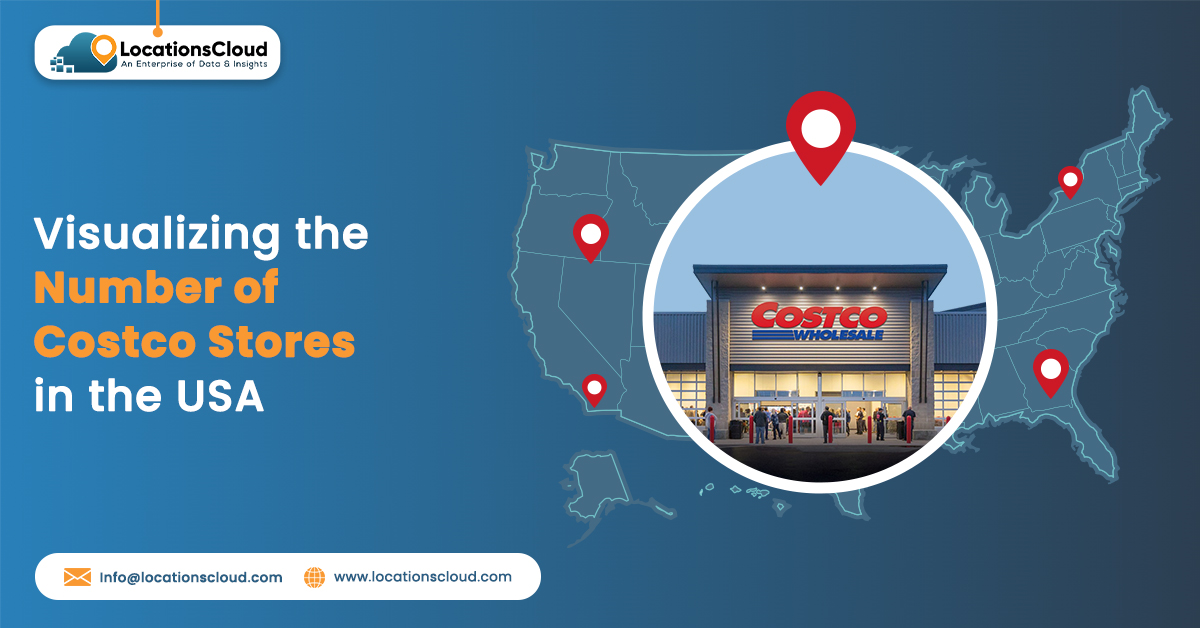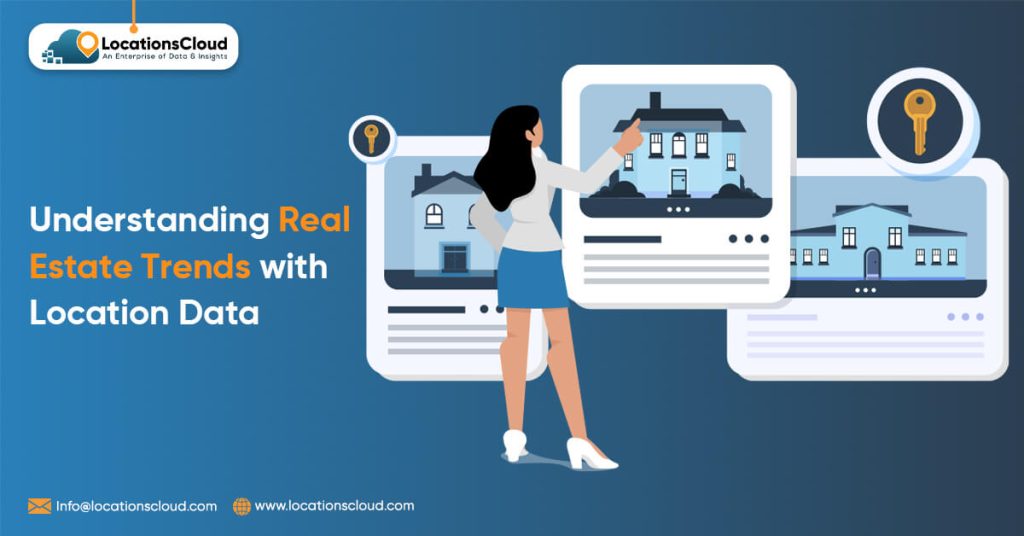
In today’s ever-changing world of real estate, knowing where properties are located has become important. By using this location information, we can determine what’s happening in the market, predict future trends, and make smarter choices. Due to high-end technology and number crunching, real estate folks have some awesome tools. These tools enable real estate professionals to gain insights into client preferences, pricing dynamics, and property valuations. Armed with this invaluable information, they are empowered to make informed decisions, thereby maintaining a competitive edge in the industry.
What is Location Data in the Real Estate Industry?
Location data is considered an important resource for the real estate segment because it plays a crucial role in determining the details about the property prices of the property by considering the influencing factors like crime rates, locality and neighborhood, and rate of accessibility to routine services. It provides detailed insights into changing market dynamics, demand, and property potential in the selected area and locality. Sometimes, it is important to perform careful data analysis, examination, evaluation and smooth interpretation when collecting and compiling location data.
Real estate investors can make informed decisions about changing investment patterns by evaluating market trends and user behavior through sentiment analysis to remain competitive in the market.
What are the Applications of Location Data in Real Estate Industry?
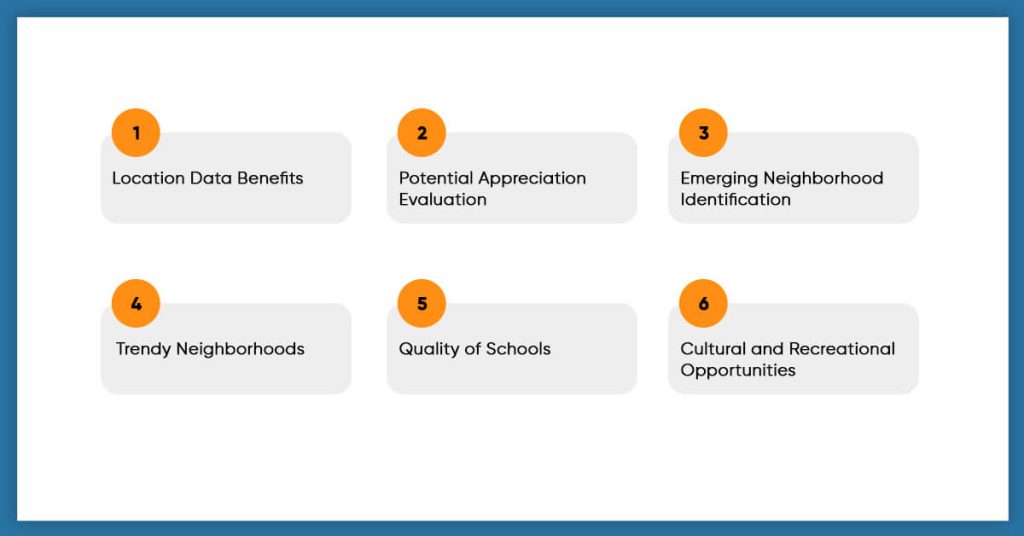
Using location data in real estate has several applications. Businesses can transform their operations by analyzing them to ensure smooth operations. Some of them are:
Location Data Benefits:
Location data helps real estate experts analyze and evaluate a property’s appeal by determining its proximity to routine activities like schools, hospitals, stores, restaurants, and fun places. Properties near these amenities are usually more attractive to buyers or investors because they make life easier.
Potential Appreciation Evaluation:
Location data helps figure out if a property’s value rises or when it will fall. Properties in selected areas with good transportation, lots of amenities, and a trend of getting better over time are likely worth more in the future, making them smart investments.
Emerging Neighborhood Identification:
Real estate experts can use geographical data to identify emerging neighborhoods. Patterns in social media check-ins and mobile app usage might identify regions of heightened activity and interest, indicating opportunities for growth and development.
Trendy Neighborhoods:
Location data can identify trendy or upcoming neighborhoods experiencing a boost in popularity. Factors such as social media check-ins, mobile app usage patterns, and demographic shifts can indicate a neighborhood’s attractiveness to potential buyers or investors. Properties located in these trendy neighborhoods often command higher prices due to their perceived status and lifestyle appeal.
Quality of Schools:
Location data helps us see how close a property is to good schools. Places near top-notch schools are usually in high demand, especially among families. This can drive up their value and make them easier to sell.
Cultural and Recreational Opportunities:
Analyzing and examining location data helps find areas with different facilities, such as theaters, museums, parks, and community centers. Properties near these places offer residents a vibrant lifestyle, making them more desirable in the real estate market.
What are the Benefits of Location Data for Real-Estate Companies?
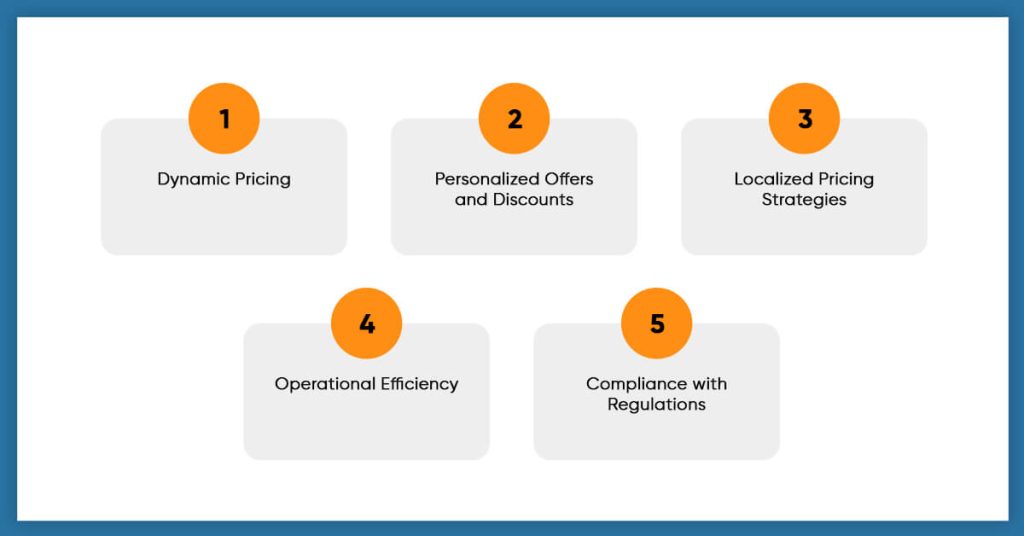
Location data helps businesses target their markets better by understanding who their customers like, their preferences, and how they spend money in different places. This helps them set prices that analyze what customers are willing to pay in specific areas and localities.
Dynamic Pricing
Businesses can use location data to change prices based on what’s happening in real time. They can look at things like events, weather, and traffic to decide when to raise or lower prices. For example, a theme park might charge more on busy days and less on slower days to attract more visitors.
Personalized Offers and Discounts:
Location data lets businesses send special deals and offers to customers based on where they are and their preferences. Using modern tools that determine the location of people like their phones. Through this, businesses can send discounts and special deals when customers are near a store. For instance, a coffee shop might send a coupon to someone walking by, tempting them to stop in.
Localized Pricing Strategies:
Businesses can use location data to set prices appropriate for a specific location and place. They examine what’s happening in each area, like the rate of competition, competitors’ actions, or how much people are willing to pay. After performing an analysis based on this, businesses can adjust their property prices accordingly. This means lower prices in crowded markets or higher prices where demand is high.
Operational Efficiency:
Location data helps businesses run more smoothly by finding the best places for warehouses and stores. By analyzing where customers are and how products move, businesses can save money on shipping and stocking shelves. This can lead to lower prices for customers or better-quality products.
Compliance with Regulations:
Location data helps businesses follow the rules by tracking where transactions happen and where customers are. This helps them calculate and collect taxes correctly, following local laws. By staying on top of regulations, businesses can avoid fines and ensure prices are fair and consistent everywhere.
Current Trends in the Real Estate Sector
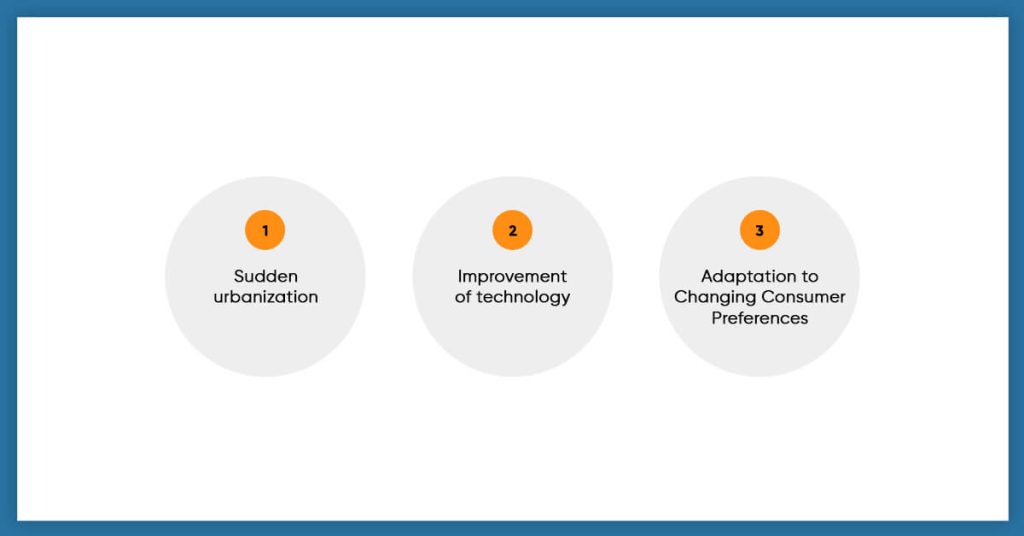
The real estate industry has transformed the way people leverage services. Many commercial investors in real estate are nowadays being more cautious about their business outlook. Let’s understand a few of the emerging trends in the Real estate segment:
- Sudden urbanization
The demand for housing in major cities is increasing, resulting in high property prices and more competition among buyers. Nevertheless, changing demographics and lifestyles, such as remote working opportunities and increasing desire for more space, have been driving a trend towards suburban living. There is an increasing preference for purchasing suburban homes that offer larger living spaces, outdoor amenities, and a healthy lifestyle away from the city centers.
- Improvement of technology
Technological advancements are causing a transformation in how we buy, sell, and manage homes. Virtual reality tours, augmented reality apps, and even 3D models make it easier to see properties without being present at the site. Finding homes, mortgage calculations, and paperwork can be done through apps and websites. Most houses now have smart home gadgets such as automated systems and connected devices, that make them conveniently safe and energy-efficient.
- Adaptation to Changing Consumer Preferences:
Different places have different real estate trends based on local rules, culture, and needs. Some areas are growing fast, with lots of new buildings going up, while others have problems like needing more houses or too many. Developers are changing how they build homes, making spaces that can be used in different ways and adding features like parks and gyms. Places where people can live, work, and have fun all in one area are becoming more popular, making neighborhoods more convenient and enjoyable. City planners, architects, and builders need to work together to make communities that work well for everyone.
Future Trends in Real Estate with Location Data
Technological progress is reshaping how we manage homes. Innovations like VR tours, augmented reality apps, and 3D models let us explore properties from home. Websites and apps help us find homes for sale, calculate mortgages, and handle paperwork digitally A typical suburban neighborhood in a developing country will rarely have mixed-use zoning, leading to the separation of homes from offices and retail centers. Often, such neighborhoods are designed to maintain uniformity in the structures and design of houses. Thus, they tend to be aesthetically pleasing but lack diversity or any other urban character.
Well-planned neighborhoods are not like this, where apartments, shops, eateries, health care facilities, and schools are close together. As opposed to having a single land-use purpose that is found in most modern cities today, it is possible for one building to include several uses simultaneously.
The changing housing landscape mirrors contemporary lifestyle preferences. Many seek homes with flexible spaces, such as a home office doubling as a guest room. Community amenities like parks and shared workspaces are increasingly valued for connection and convenience.
Conclusion:
Understanding real estate trends with location data helps us grasp what’s happening in the market, what people like, and where to invest. Using data analysis and predictions, everyone involved can make smarter choices, avoid risks, and take advantage of new opportunities in the changing real estate world. Location data offers a multifaceted view of market dynamics, providing insights into various trends like property value fluctuations, demand-supply imbalances, and shifts in consumer preferences.
This analytical approach empowers stakeholders to discern emerging patterns and anticipate market trends, equipping them to make well-informed decisions and stay ahead of the curve. Moreover, integrating IoT devices and sensors will provide real-time insights into property conditions and energy efficiency, shaping how we design, build, and manage urban spaces.


